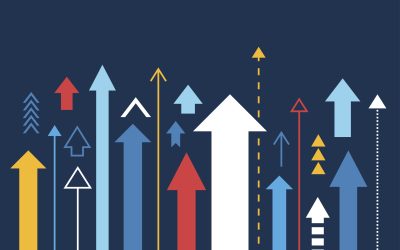
The SECURE Act (Setting Every Community Up for Retirement Enhancement Act) recently had its one-year anniversary. It was the biggest piece of retirement legislation to be passed in many years, and it will undoubtedly have a major effect on how many Americans approach retirement and estate planning. It had several aims, from making it easier for workers to save for retirement to potentially increasing the amount the IRS could collect in taxes on inherited IRAs. What it means for you now and in the future depends on your unique situation – here are 3 ways the SECURE Act could affect your retirement.
RMDs Start Later
Instead of having to take Required Minimum Distributions (RMDs) starting at age 70 ½, you can now wait until age 72.[1] This could help high-net-worth retirees who would be forced to withdraw more than they want from their retirement accounts. The change means more time to decide on a plan for taking RMDs. It’s one reason to review your tax strategy on a year-to-year basis, and especially for the long term.
Taxes on Inherited IRAs
The “stretch IRA” option for non-spouse beneficiaries was eliminated, and it could mean major changes to your estate plan. Rather than having the option to take Required Minimum Distributions based on their own life expectancy, IRA beneficiaries must deplete the account within 10 years.[2] This means potentially missing out on years of tax-free growth and an increased tax burden. It may help to revise your estate plan, consider a Roth IRA, and decide on a plan to strategically draw down your assets.
You Could see Projected Income Disclosures
Part of creating a retirement plan could include figuring out how to turn a lump sum into income for the rest of your life. The SECURE Act requires retirement plan sponsors to state the estimated monthly payments that participants would receive if they used their entire account balance to buy an annuity.[3] And, it allows employer-sponsored 401(k) plans to add annuities as an investment option. While this is helpful for getting a sense of how far your savings could stretch, many retirees may not want to use their entire retirement plan savings to buy an annuity. So, keep in mind that there are many other options for creating income in retirement.
The SECURE Act changed the retirement landscape, and it could change again under President Biden. With any policy change, it’s important to consider how it could affect your finances, including your tax burden. We’re here to help you to and through retirement, no matter what changes take place. Sign up for a complimentary review to meet with us and discuss your retirement goals and concerns.
[1] https://www.irs.gov/retirement-plans/plan-participant-employee/retirement-topics-required-minimum-distributions-rmds
[2] https://www.irs.gov/publications/p590b
[3] https://www.forbes.com/sites/ebauer/2020/02/03/the-secure-act-requires-projected-retirement-income-disclosureswhat-does-that-mean-for-you/?sh=7c3c552d65b8



